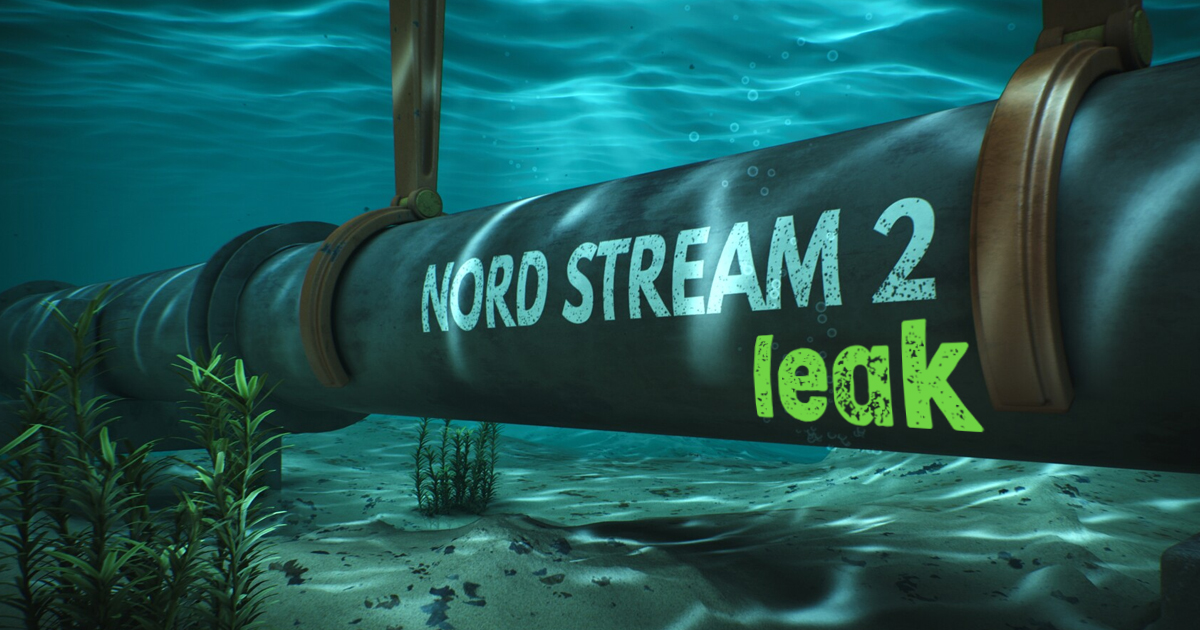
❖ A new study has revealed the fate of methane released from the September 2022 explosions that damaged the Nord Stream pipelines in the Baltic Sea.
Nord Stream Pipeline
- Description: The Nord Stream network comprises offshore pipelines (Nord Stream 1 and 2) that supply natural gas to northern Europe. These pipelines run along the Baltic Sea floor from Russia to northern Germany.
- Significance: In 2021, Russia supplied around 40% of all the gas consumed in the EU, with Germany being particularly reliant on this supply of cheap gas.
- Timeline: The Nord Stream 1 pipeline was completed in 2011, followed by Nord Stream 2 in 2012.
Impacts of the Methane Leak
- Environmental Implications: Excess methane, a potent greenhouse gas, can have several environmental impacts:
- Water Carbon Budgets: Methane emissions can alter local water carbon budgets.
- Microbial Composition: Changes in the composition of microbial organisms due to elevated methane levels.
- Observations: The European Space Agency satellite observed the methane plume at the Danish leakage site, estimating that 79 tonnes of methane per hour had reached the atmosphere from the Nord Stream 2 breach.
- Biological Effects:
- Methane in Surface Water: High concentrations of methane in surface water following the gas leak may promote the growth of methanotrophic bacteria.
- Methanotrophic Bacteria: These bacteria use methane as their sole source of carbon and energy, potentially affecting the Baltic Sea microbial food web.




